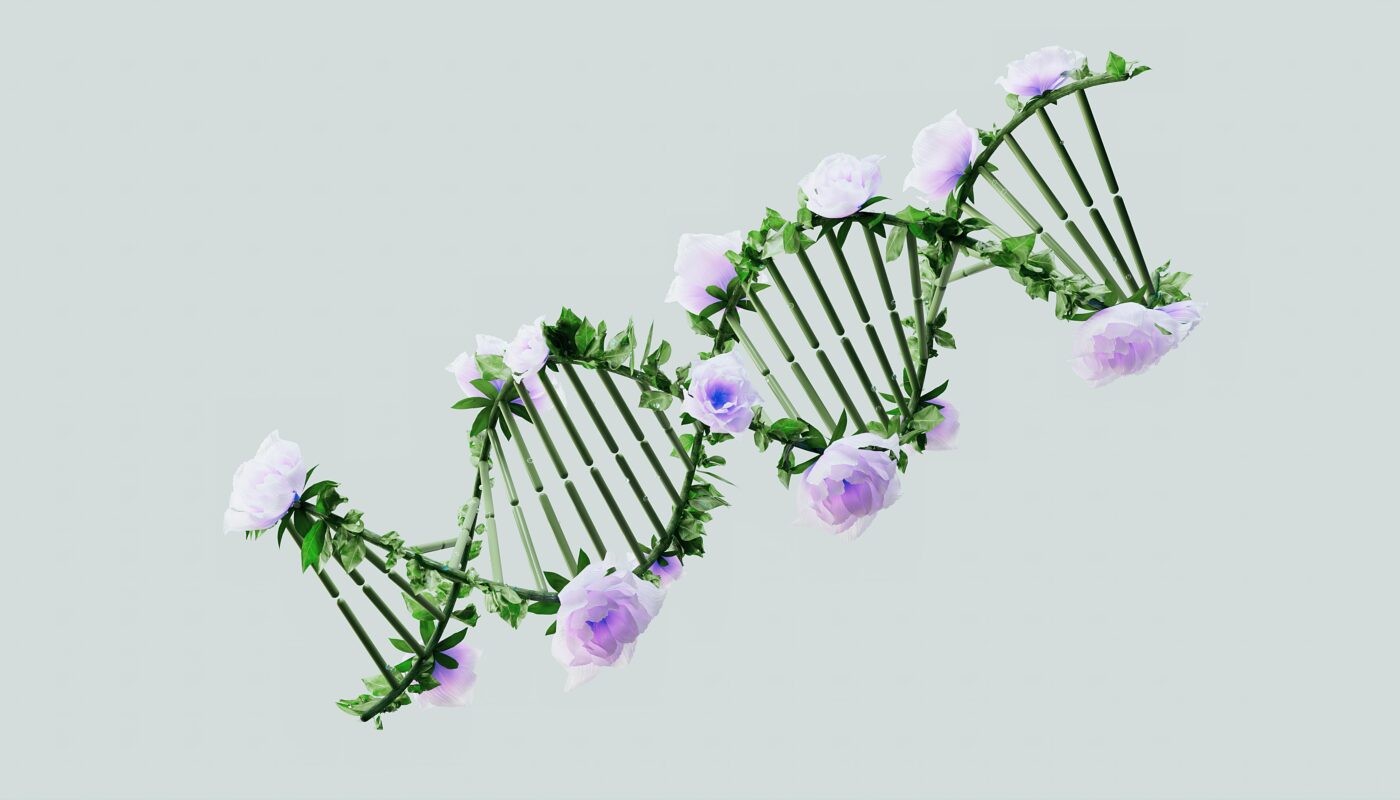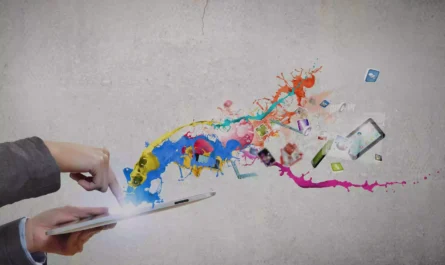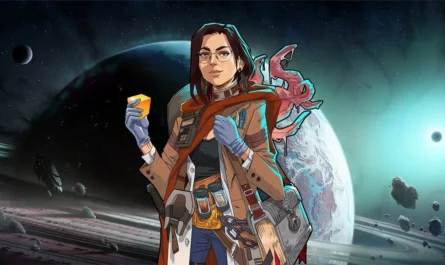Few scientific breakthroughs have generated as much excitement—or controversy—as CRISPR-Cas9, the gene-editing technology that allows scientists to make precise changes to DNA. Since its discovery, CRISPR has been hailed as a potential solution to genetic diseases, agricultural challenges, and even species conservation. But as researchers begin exploring applications beyond the laboratory, serious ethical and ecological questions arise. What happens when we unleash gene editing into the wild?
A Quick Primer on CRISPR
CRISPR-Cas9 works like molecular scissors. It allows scientists to target specific genes and cut or replace DNA sequences with remarkable accuracy. Unlike earlier genetic engineering techniques, CRISPR is faster, cheaper, and more accessible, which has fueled rapid experimentation across medicine, agriculture, and ecology.
Ecological Applications: Promise and Peril
- Eradicating Pests and Disease Vectors
CRISPR could be used to modify or eliminate species that spread disease. For example, researchers are exploring “gene drives” to prevent mosquitoes from transmitting malaria by altering their reproductive systems. In theory, this could save millions of lives each year. - Conservation and Species Revival
Scientists are considering using CRISPR to protect endangered species or even revive extinct ones. Editing genes to make coral more resistant to warming oceans or to bring back the woolly mammoth sparks both hope and debate. - Agriculture and Food Security
In farming, CRISPR can create crops resistant to drought, pests, or disease without relying on harmful pesticides. This could revolutionize global food systems, especially in regions vulnerable to climate change.
While these applications sound promising, the ecological ripple effects could be unpredictable. Eliminating one species could disrupt food chains, while introducing edited organisms may alter ecosystems in ways we can’t fully anticipate.
Ethical Considerations
- Who Decides What to Edit?
A central ethical question is governance. Who should have the power to decide whether a species is altered or eradicated? Local communities, scientists, governments, or international bodies? - Consent and Global Impact
Gene drives, in particular, spread quickly through populations. Releasing them in one region could affect ecosystems across borders. This raises questions about consent, sovereignty, and unintended global consequences. - Playing God?
Critics argue that manipulating species at the genetic level crosses moral boundaries. The concern isn’t just about safety but about the philosophical implications of humans reshaping life itself. - Equity and Access
Who benefits from CRISPR applications? If the technology is primarily developed by wealthy nations or corporations, will vulnerable communities be left out—or worse, bear unintended consequences without reaping the rewards?
Case Studies: Real-World Examples
- Malaria and Mosquitoes: Trials are underway to create mosquitoes incapable of transmitting malaria. While potentially lifesaving, critics warn that disrupting mosquito populations could harm ecosystems that rely on them for food.
- Coral Reefs: Scientists are exploring CRISPR to strengthen coral against warming oceans. This raises the question: are we fixing the problem or masking the effects of climate change caused by human activity?
Balancing Innovation and Responsibility
The challenge is finding a balance between harnessing CRISPR’s potential and respecting ecological and ethical boundaries. Safeguards like staged testing, strict regulations, and international cooperation are critical. Transparency is also essential: public trust depends on open communication about risks, benefits, and uncertainties.
Many experts advocate a “precautionary principle”—moving slowly and carefully, especially when experiments affect shared ecosystems. Once a gene drive is released, it’s nearly impossible to reverse.
CRISPR offers remarkable possibilities, from eradicating deadly diseases to protecting vulnerable species. Yet its power also demands humility and responsibility. The ethical and ecological implications of unleashing gene editing in the wild extend far beyond science—they touch on governance, equity, and our role as stewards of the planet.
As this technology advances, one thing is clear: the decisions we make today about CRISPR will echo for generations. Are we ready to reshape nature, and if so, at what cost?




